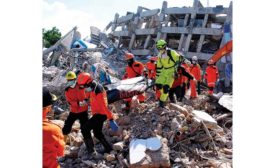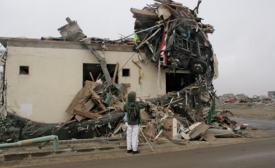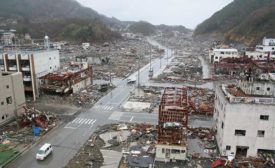Home » Keywords: » tsunami
Items Tagged with 'tsunami'
ARTICLES
Natural Disasters
Building Code Adoption Urged for Tsunami-Resilient Design
U.S. building codes covering natural disasters don't include consideration of tsunami hazards
Read More
The latest news and information
#1 Source for Construction News, Data, Rankings, Analysis, and Commentary
JOIN ENR UNLIMITEDCopyright ©2025. All Rights Reserved BNP Media.
Design, CMS, Hosting & Web Development :: ePublishing







